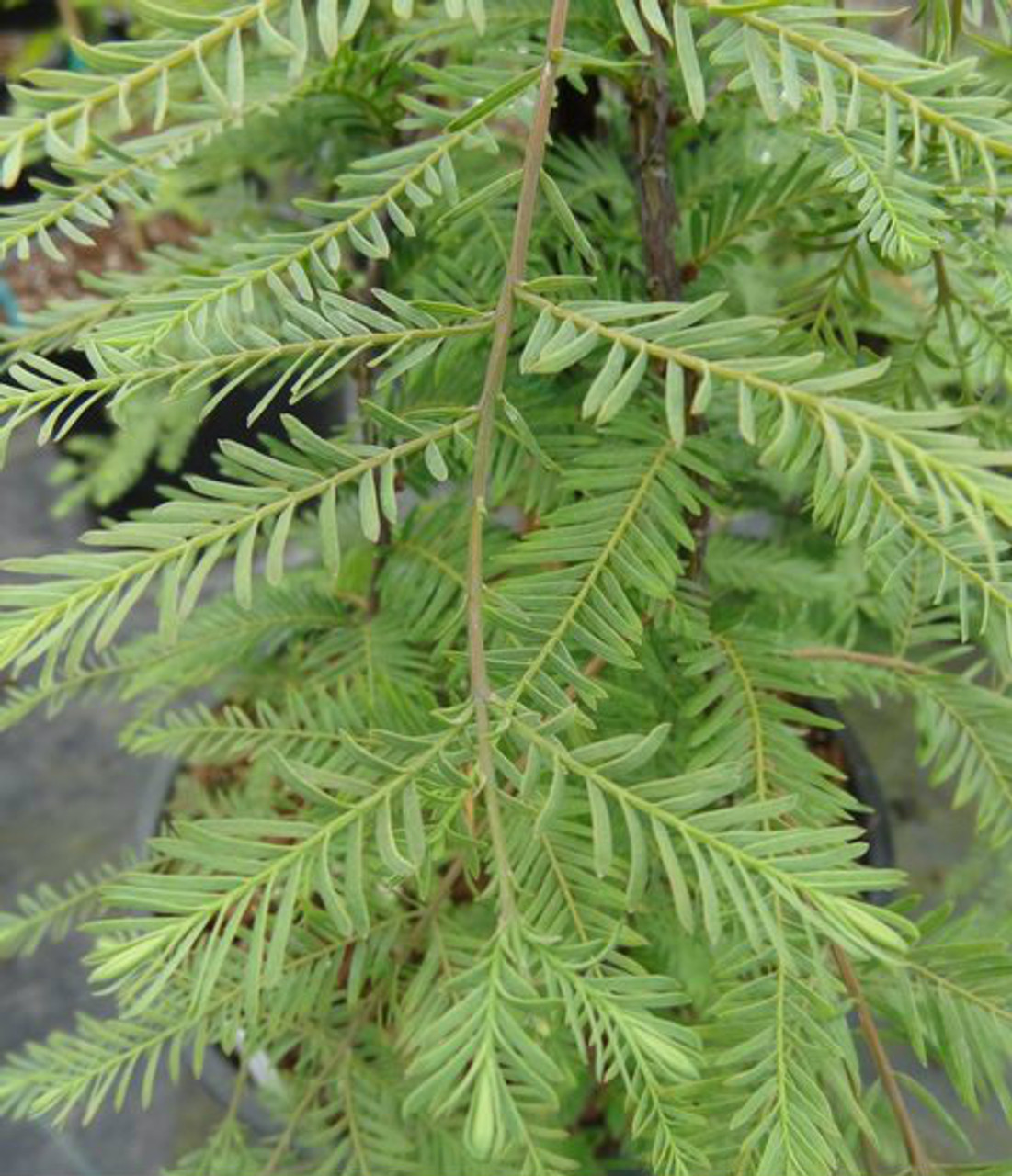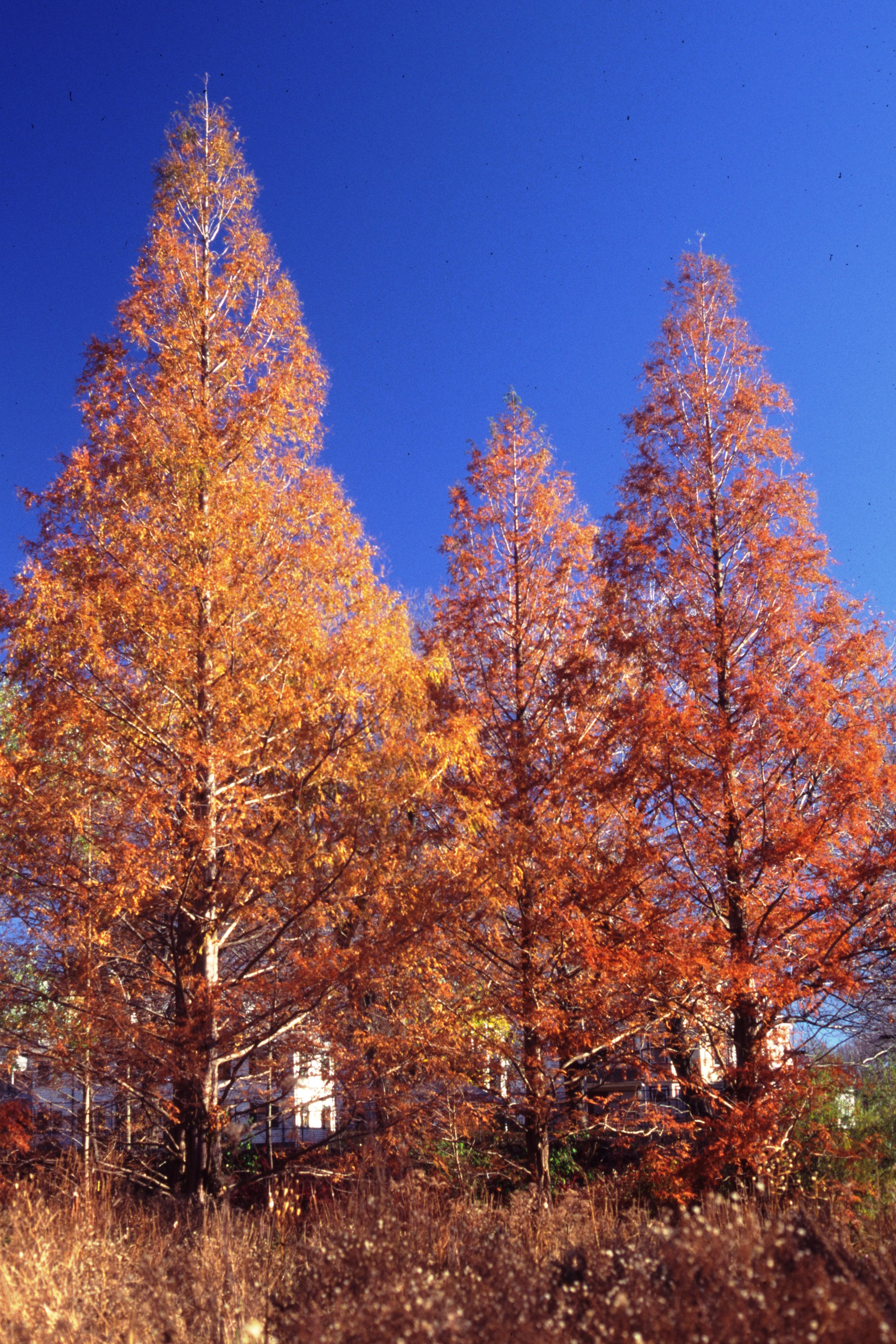
The biggest today in Britain are in many gardens like the botanic gardens of het University of Cambridge at the Royal Botanic Gardens of Kew by the Lily Pool at Sheffield Park, Sussex Emmanuel College, Cambridge, and at Bodnant. In almost all the parks of some size at least one nice specimen of Metasequoia can be found.įor the reason mentioned above, the oldest dawn redwoods cannot have been planted before 1948 and thus have a maximum age of

these trees are widely planted in the temporate parts of Europe, like the U.K., Belgium, and France.

In the even hotter summers further south, despite high rainfall and humidity, there are few specimens and no big trees at all. Quite big trees are growing from Niagara Falls, Ontario to New England and the biggest of all in New Jersey, on Long Island and south through Delaware and Philadelphia areas to Virginia. Planted specimens have already reached 25-40 m in height and 1-1.3 m in diameter, despite being in cultivation for underĭawn redwoods are doing very well in north eastern parts of the U.S. Metasequoia has proved an easy tree to grow in temperate regions, and is now widely planted as an ornamental tree. While it is unlikely the species will disappear due to its wide spread as an ornamental tree, it is threatened in its natural range by logging. The pollen cones are 5-6 mm long, produced on long spikes in early spring they are only produced on trees growing in regions with hot summers. The cones are globose to ovoid, 1.5-2.5 cm in diameter with 16-28 scales, arranged in opposite pairs in four rows, each pair at right angles to the adjacent pair they mature in about 8-9 months after pollination. This rapid rate of growth has led to consideration for using the tree in forestry plantations.

The tree is a vigourous grower and reaches heights of 30 to 45 m (100 to 150 ft). The images above show a dawn redwood, showing off its autumn colors ( botanical garden of Ghent University). Because of its remarkable colors and the fact it's very easy to reproduce by cuttings, have made this tree a very popular ornamental tree. In spring the color of its foliage is bright green and turns to a beautiful foxy yellow and reddish brown in autumn. On the right you can see the typical base of a dawn redwood ( botanical garden of Ghent University).Īs opposed to the other sequoia species, this tree is deciduous (it looses its leaves in the autumn). On the left you can see an avenue of young dawn redwoods in a European castle garden ( castle De Eester in Belgium), with in the background the unmistakable top of a giant sequoia. In 1948 it was discovered that the species belonged to the already described fossil genus Metasequoia and, in an effort to preserve the tree species from logging, it was immediatly spread along arboreta everywhere in the world. Kan, a Chinese forester of Beijing National Central University, found three strange deciduous trees he had never seen before and during an expedition that followed, a lot of the trees were apparently still alive in a remote area in Southwest China. To summarize: at that time, the tree was only known as an fossil tree species, extinct for millions of years.

Botanists think this species is the ancestor of the present day coast redwood. ĭue to its resemblance to the North American coast redwood ( Sequoia sempervirens), he named the tree species Metasequoia, which means "almost a sequoia, sequoia-ish". In 1941 Shigeru Miki of Japan was reclassifying fossil remains that had been incorrectly classified as Sequoia and Taxodium. This tree was once one of the most widespread tree species in the Northern hemisphere (during the Tertiary period).įossils have been found across the northern hemisphere, including Greenland and Spitzbergen, dating from when the continents were further south, and close together sharing a common flora. The foliage of this Asiatic conifer is very similar to that of the North American bald cypress ( Taxodium distichum). The dawn redwood or just plain "metasequoia" ( Metasequoia glyptostroboides) is one of the three species of sequoia (together with the giant sequoia, Sequoiadendron giganteum and the coast redwood, Sequoia sempervirens).


 0 kommentar(er)
0 kommentar(er)
